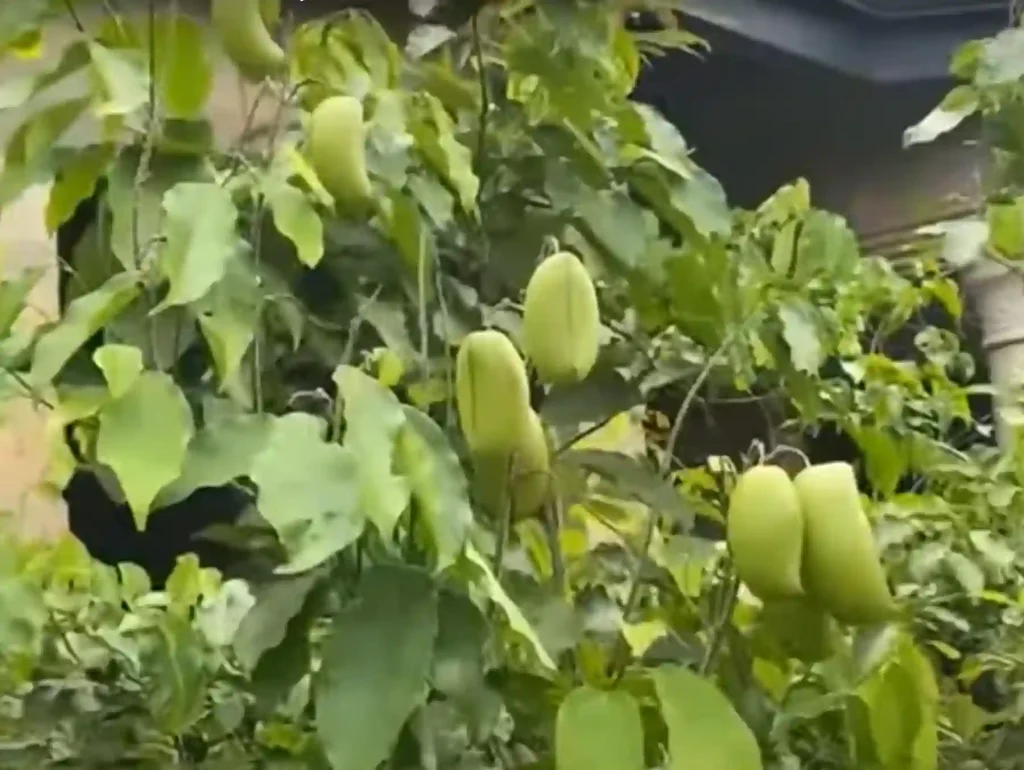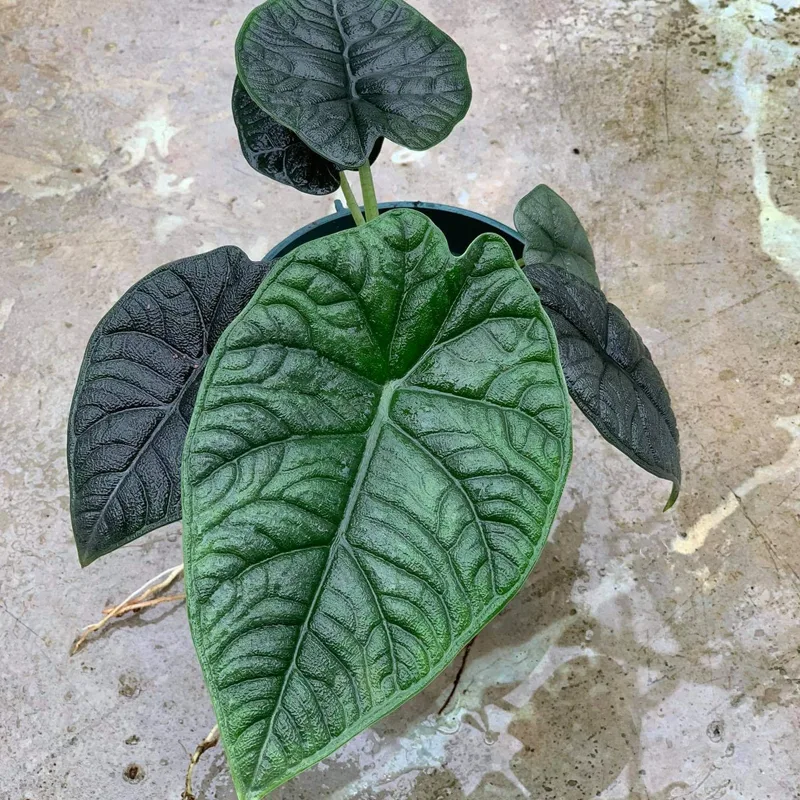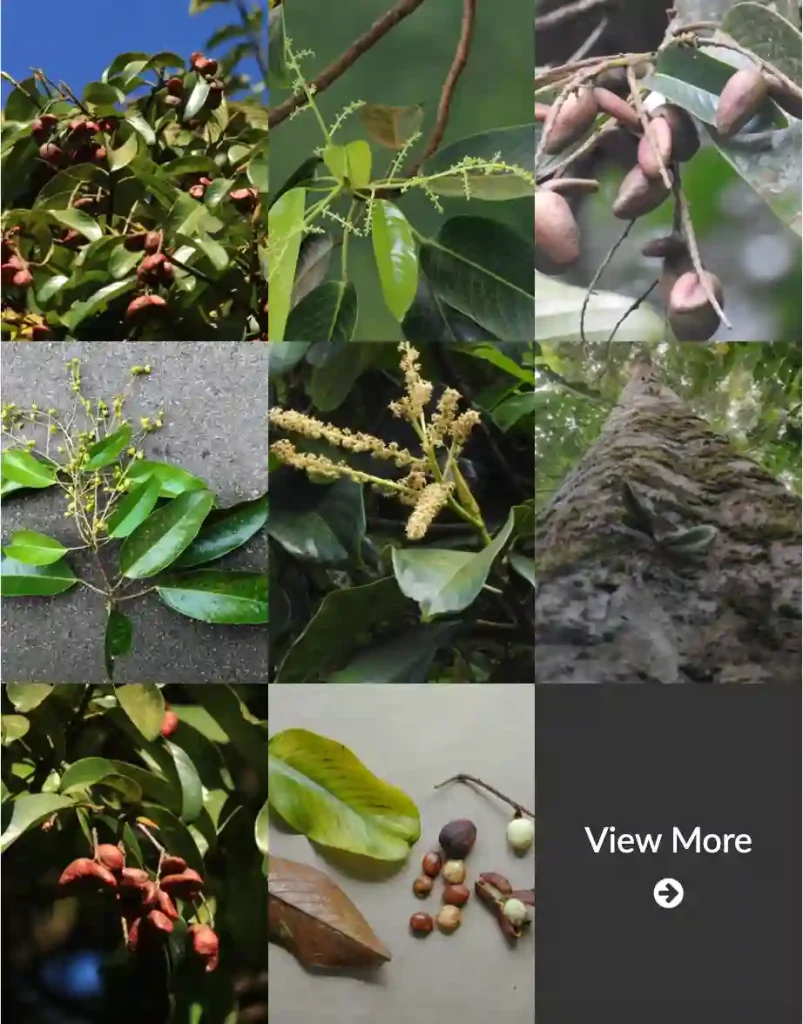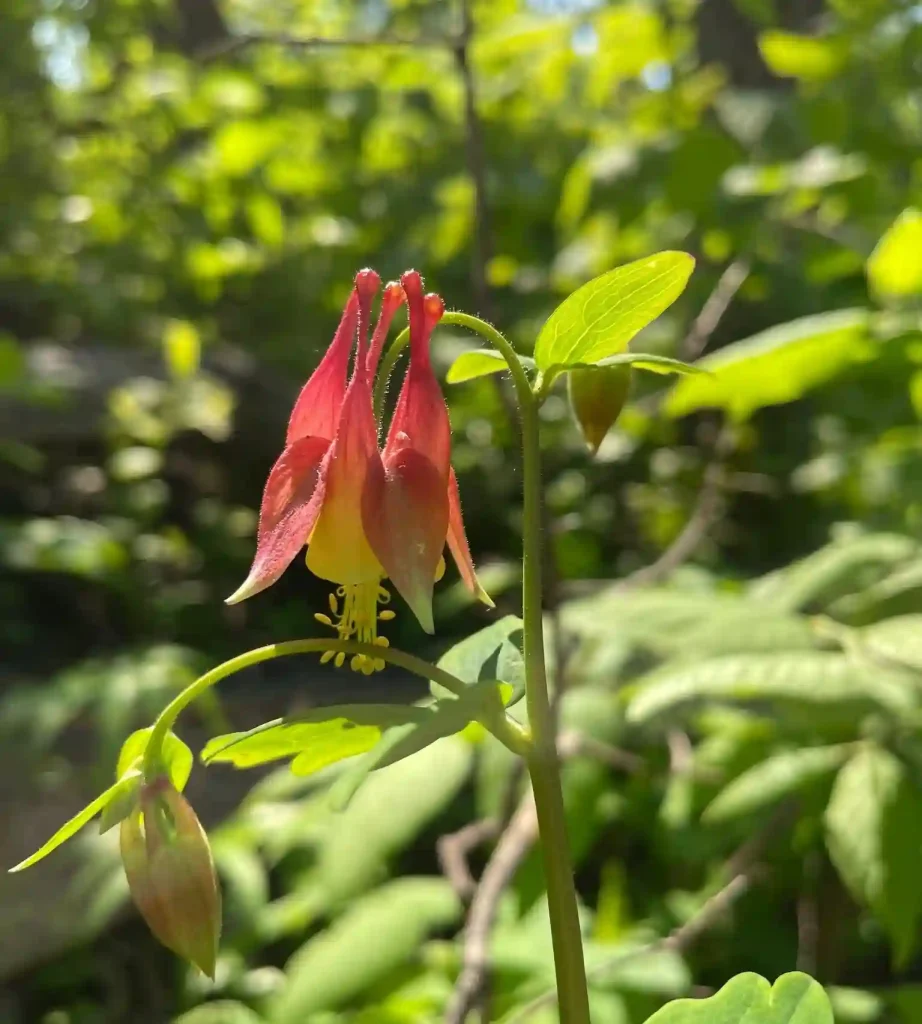Absolutely, Ferb Vu here! I’m ready to dig into all things Ligustrum Obtusifolium, also known as Border Privet or Amur Privet. This fast-growing shrub native to East Asia has become a popular landscaping choice around the world, but it’s important to be aware of both its benefits and drawbacks before planting one.
46 Species in Genus Ligustrum – Privet
What is Ligustrum Obtusifolium?
Ligustrum Obtusifolium is a versatile shrub valued for its dense foliage and ability to create hedges and borders. It typically reaches heights of 3 to 10 feet and boasts glossy, oval-shaped leaves that remain green throughout most of the year in warmer climates. In cooler regions, the leaves may turn a bronzy-red in fall before dropping. Fragrant white flowers bloom in clusters during June and July, followed by small, dark-colored berries that attract birds.
How to Care for Ligustrum Obtusifolium?
Ligustrum Obtusifolium is a relatively low-maintenance shrub that thrives in full sun to partial shade. Here’s a quick guide to keeping it happy and healthy:
- Planting: Choose a well-drained location and dig a hole twice the width of the root ball. Amend the soil with compost or manure for improved drainage and fertility. Water regularly during the first year, especially during dry spells.
- Watering: Once established, Ligustrum Obtusifolium is drought-tolerant but will benefit from occasional deep watering during extended dry periods.
- Pruning: This shrub can be pruned to maintain its desired shape and size. Prune in late winter or early spring before new growth emerges.
- Fertilizing: Ligustrum Obtusifolium is not a heavy feeder. A light application of balanced fertilizer in early spring is sufficient.
How to Propagate Ligustrum Obtusifolium?
There are two main methods for propagating Ligustrum Obtusifolium: stem cuttings and seeds.
- Stem Cuttings: Take stem cuttings in late summer or early fall. Choose healthy, non-flowering stems that are 4-6 inches long. Remove the lower leaves and dip the cut ends in rooting hormone. Plant the cuttings in a pot filled with moist potting mix and place them in a warm, sheltered location. Keep the soil moist and mist the cuttings regularly to promote root growth.
- Seeds: Seeds can be collected in the fall once the berries turn black. Sow them directly in a pot filled with moist potting mix and place them in a cool location. Germination can be slow, taking several weeks or even months. Once the seedlings emerge, thin them out to the strongest plant and transplant them into individual pots when they reach a manageable size.
What to Plant With Ligustrum Obtusifolium?
Ligustrum Obtusifolium’s dense foliage makes it a great backdrop for flowering shrubs and perennials. Here are some ideas for companion plants:
- For colorful blooms: Azaleas, Rhododendrons, Weigela, Viburnum
- For contrasting foliage: Golden Spirea, Red Dogwood, Ninebark
- For textural interest: Ornamental Grasses, Ferns, Holly
Is Ligustrum Obtusifolium Invasive?
While Ligustrum Obtusifolium is a popular landscaping choice, it’s important to consider its invasive potential. This shrub can readily spread by seed, potentially outcompeting native plants and disrupting natural ecosystems. Here are some things to keep in mind:
- Check your local regulations: Some regions have restrictions on planting Ligustrum Obtusifolium due to its invasive tendencies. Before planting, check with your local authorities to ensure it’s allowed in your area.
- Consider native alternatives: There are many native shrubs that offer similar features to Ligustrum Obtusifolium without the risk of invasiveness. Explore native options that support local wildlife and ecosystems.
Conclusion
Ligustrum Obtusifolium can be a valuable addition to your landscape, providing privacy, screening, and year-round greenery. However, it’s crucial to be aware of its potential downsides before planting. By following proper care guidelines, considering alternative plants in some regions, and being mindful of its invasive nature, you can ensure Ligustrum Obtusifolium enhances your landscape responsibly.
If i die, water my plants!



